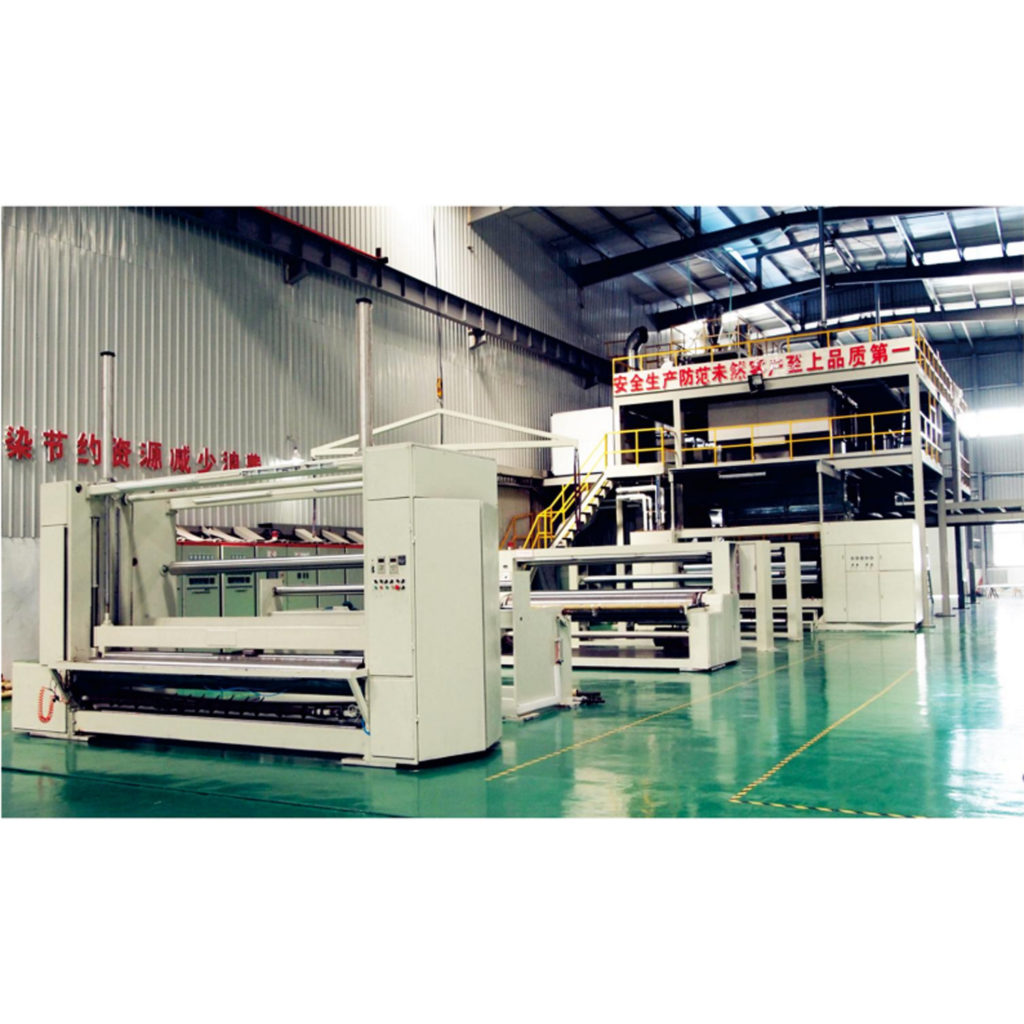Nonwoven fabrics make up a large portion of disposable consumer goods like hygiene products, wipes, medical products and more. One of the most common techniques for manufacturing these versatile materials is the spunbond process, which forms continuous filaments into a random web structure. This blog post will explore how spun bond non woven fabric machines work and the factors engineers consider in their design.

The Spunbond Process
Spunbond starts with polymers like polypropylene, polyethylene or polyester resin pellets being melted and extruded through fine spinnerets containing hundreds to thousands of holes, each creating a continuous filament. The filaments are then stretched or drawn using high-speed rollers to align the polymer molecules and strengthen fibers. Next, the filaments are deposited randomly through air onto a perforated collector belt where they form a nonwoven web.
Key Machine Components
Spinneret: Plates with thousands of tiny holes precisely designed and spaced to control fiber diameter.
Extruder: Melts and pumps polymer through spinnerets at high temperatures and pressures.
Quench Tower: Bombards filaments with heated air or liquid to cool rapidly after extrusion.
Draw Rollers: Sets of gapped metal drums spin at different RPMs to stretch, draw and align molecular structure of fibers.
Deposition Head: Guide filaments through air onto collecting belt below to entangle fibers randomly.
Belt: Moves web continually forward or in S-wrap patterns under deposition head.
Calender Rollers: Compress web thickness and smoothing using heated steel rolls.
Winding System: Collects continuous web onto parent rolls for storage or further processing.
Key Design Considerations
Producing nonwoven webs at high speeds requires precise synchronization of components. Spunbond machines are engineered for:
- Throughput: Rates exceeding 500 meters/minute producing 10,000+ tons annually.
- Fiber Attributes: Diameter, crimp levels and tensile properties adjusted through die and process conditions.
- Web Uniformity: Even dispersion and entanglement of fibers for consistent material properties.
- Mass Per Unit Area: Range from 10-100+ gsm requiring adjustments to machine settings.
- Material Compatibility: Chemically inert and temperature resistant materials used.
- Automation: Process monitoring, controls and reporting facilitate consistent quality output.
- Safety: Guards, interlocks and platforms allow accessible yet cautious maintenance.
Well-designed spunbond lines utilize advanced engineering to deliver predictable, quality nonwoven production at scale.
Quality Considerations
Key quality metrics for spunbonded fabrics include:
- Basis Weight Distribution: Even mass distribution across web width and between production lots.
- Fiber Distribution & Entanglement: Proper levels and randomness ensured through controlled deposition.
- Web Thickness: Calender rolls compress fibers uniformly without defects.
- Tensile Strength: Depends on polymer, draw ratio and processing used.
- Liquid Barrier Properties: Important for absorbents, wipes and sterilization wraps.
- Microbial Feeds: Tested for pathogen elimination in medical-grade materials.
- Package Quality: No defects after parent roll slitting, sheeting or punching.
- Quality control systems precisely monitor these attributes during production runs.
